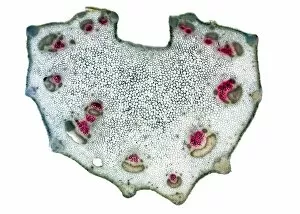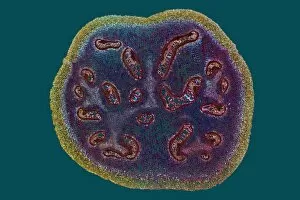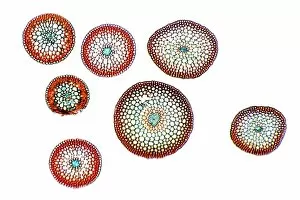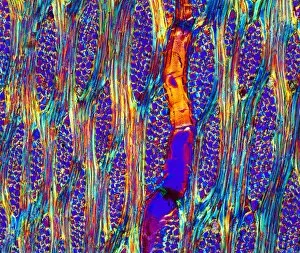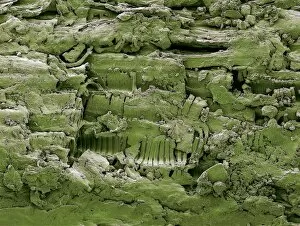Water Transport Collection (page 28)
"Journey through Time
For sale as Licensed Images
Choose your image, Select your licence and Download the media
"Journey through Time: Exploring Water Transport from the Endurance to the Great Eastern" Step aboard and embark on a captivating voyage through history as we delve into the world of water transport. Our first stop takes us back to Sir Ernest Shackleton's legendary vessel, SS Endurance. With its majestic bow leading the way, this exploratory ship braved treacherous waters in pursuit of discovery. Next, we find ourselves amidst the Battle of Trafalgar, captured on canvas for eternity. The clash of naval powers immortalized in oil showcases both the might and vulnerability that water transport entails. As we fast forward to 1939, a vibrant Southern Railway poster entices travelers towards Ramsgate. This color lithograph beckons with promises of seaside adventures and leisurely cruises along picturesque coastlines. Witnessing SS Endurance gracefully departing Millwall Docks reminds us of the intricate dance between land and sea that defines maritime travel. The vessel's departure symbolizes boundless possibilities awaiting those who dare to venture beyond familiar shores. Traveling further back in time, an aquatint print reveals a viaduct spanning across Sankey Valley in 1831. Its partly hand-colored details bring forth a sense of awe at mankind's engineering prowess when conquering natural obstacles for efficient transportation routes. The mention of Colossus Of Rhodes evokes images of ancient marvels standing tall against azure skies - a testament to humanity's enduring fascination with grandiose vessels throughout history. A twin steam-ship emerges from our narrative as another remarkable feat achieved by water transport enthusiasts. This technological advancement represents progress and innovation within maritime industries. Shifting our focus to cartography, a colorful lithograph map showcases South Africa's vastness in 1931. It highlights how waterways played an integral role in connecting diverse regions while facilitating trade and exploration across this magnificent continent. San Samuele captures Venice's timeless allure through a watercolor painting.




